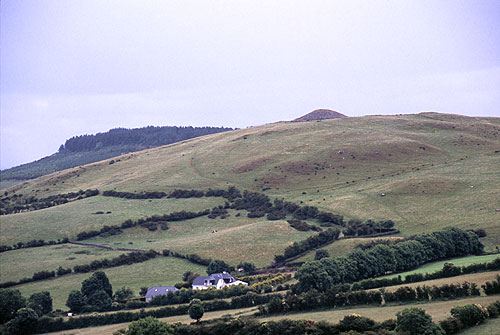
Loughcrew megalithic complex
Loughcrew, also called Sliabh na Cailli’, is an extensive collection of megalithic passage cairns atop a range of hills on the western border of county Meath. On one side of the range of hills are the lakes and lowlands of Cavan, while the other side is bordered by the Boyne valley and its rivers. The Boyne River, according to legend a personification of Boinn, the White Cow Goddess, is also a reflection of the Milky Way, which alludes to the celestial dimension of this sacred landscape and its importance as a portal to the Otherworld.
Loughcrew, with more than 30 chambered cairns, contains the highest concentration of ancient sacred architecture in all of Ireland (though Carrowmore covers the largest area). Most of the cairns, some of which are locked, are located on two hills, Carnbane East and Carnbane West. The hill of Carnbane East is also known as the ‘Hill of the Hag’ and the largest cairn on the hill was supposedly her cave. Each of the hills and their cairns has ancient folklore stories of giants and heroes bewitched by fairy women and goddesses.
The period of construction of the Loughcrew cairns is believed to have started as early as 4000 BC, though exact dating is impossible given current technologies. One extremely important method of determining the construction periods of the cairns is through the science of archaeoastronomy. Many of the cairns have been studied extensively by archaeoastronomers, and their entrances and passage ways were found to align to different periods in the solar calendar, such as the solstices, equinoxes and cross-quarter days.
It is not currently known what were the exact function of the passage cairns. Archaeological excavations have revealed burial remains in only a few of the passage cairns and it is no longer believed that the cairns and great mounds functioned as burial sites. Contemporary scholarship regards the passage cairns more as sacred places associated with life, rebirth and regeneration. Some modern researchers of the cairns and of megalithic culture in general, interpret the cairns as being the belly of the earth goddess complete with reproductive organs. In this context it is vitally important to consider the solar alignments of the passage ways leading into the cairns. Perhaps, at ritually meaningful times of the year such as the solstices and equinoxes when the light of the sun shown directly along the passage ways, the megalithic people would utilize the cairns as places of ceremony whereby they would co-participate with the earth spirits in the continuing regeneration of life. Perhaps those periodic times of potent celestial influence were used also used for initiation ceremonies and to awaken and amplify spiritual awareness.
For more detailed information on Loughcrew consult:
McMann, Jean
Loughcrew, The Cairns; After Hours Books; Oldcastle, Ireland; 2002
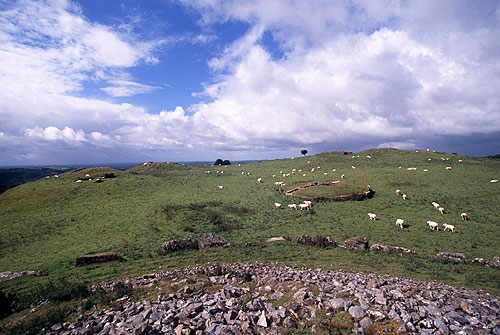
Loughcrew megalithic complex
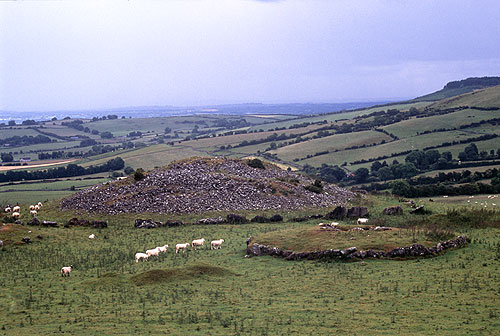
Loughcrew megalithic cairn
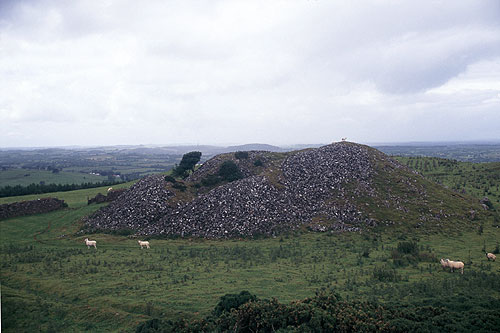
Loughcrew megalithic cairn
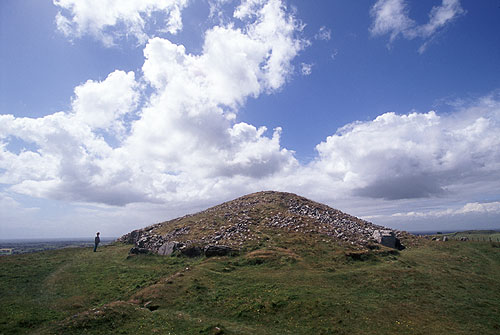
Loughcrew megalithic cairn
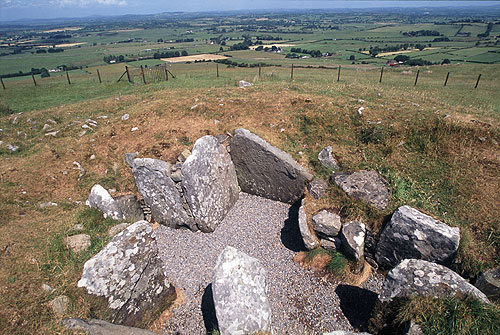
Loughcrew megalithic cairn
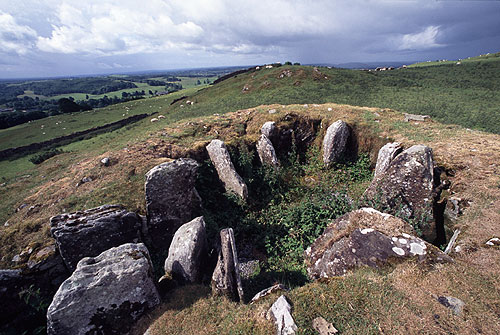
Loughcrew megalithic cairn
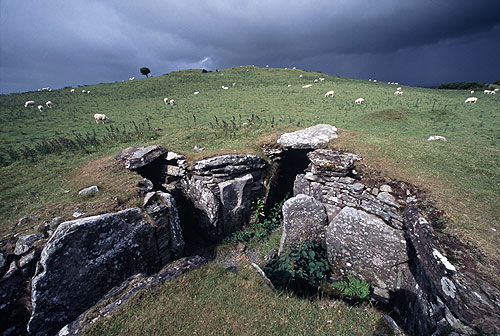
Loughcrew megalithic cairn
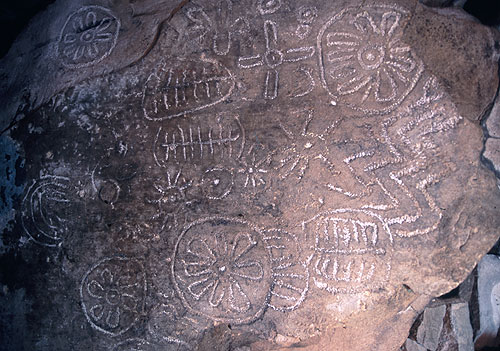
Stone carvings inside cairn at Loughcrew megalithic complex
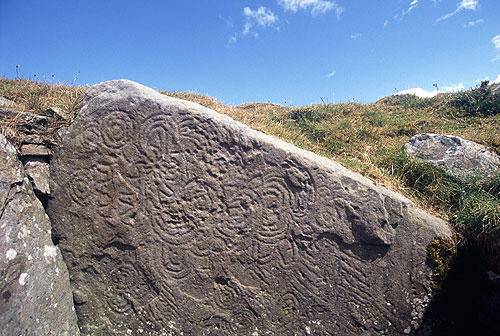
Stone carvings inside cairn at Loughcrew megalithic complex
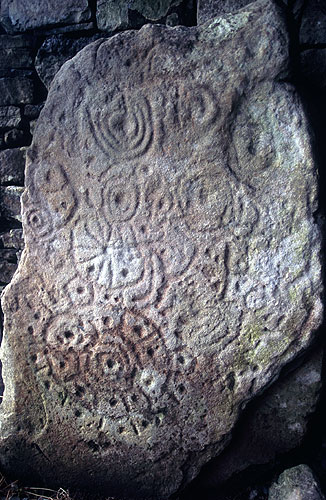
Stone carvings inside cairn at Loughcrew megalithic complex
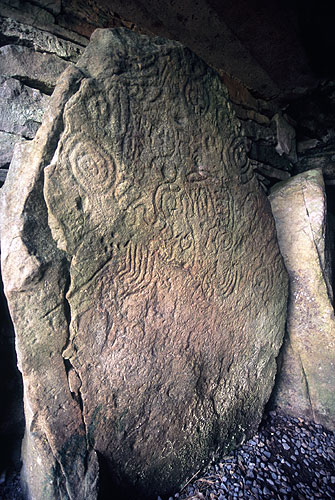
Stone carvings inside cairn at Loughcrew megalithic complex

Stone carvings inside cairn at Loughcrew megalithic complex
 Martin Gray is a cultural anthropologist, writer and photographer specializing in the study of pilgrimage traditions and sacred sites around the world. During a 40 year period he has visited more than 2000 pilgrimage places in 165 countries. The World Pilgrimage Guide at sacredsites.com is the most comprehensive source of information on this subject.
Martin Gray is a cultural anthropologist, writer and photographer specializing in the study of pilgrimage traditions and sacred sites around the world. During a 40 year period he has visited more than 2000 pilgrimage places in 165 countries. The World Pilgrimage Guide at sacredsites.com is the most comprehensive source of information on this subject.